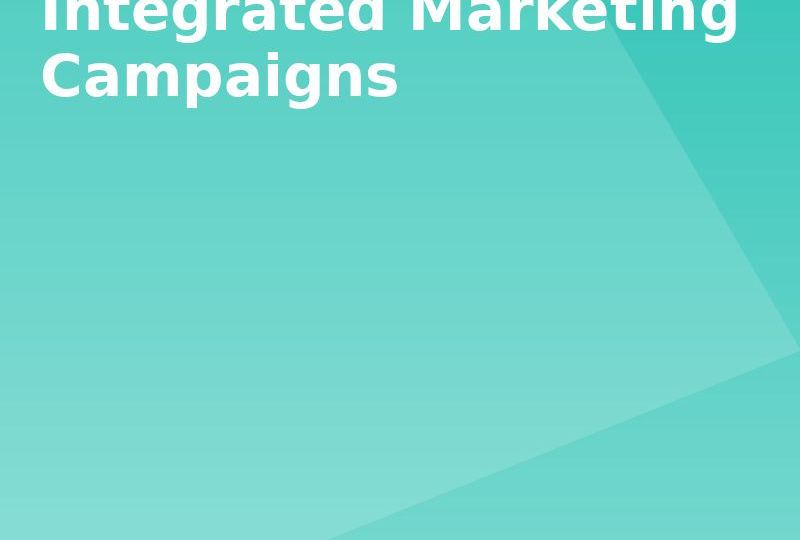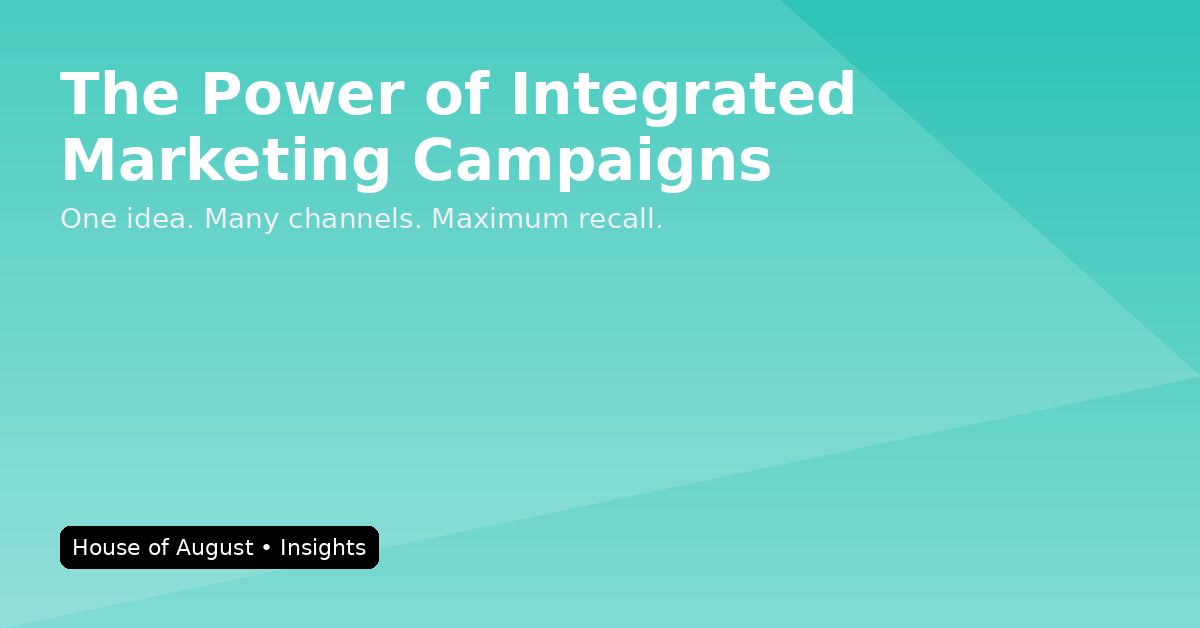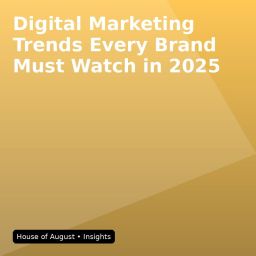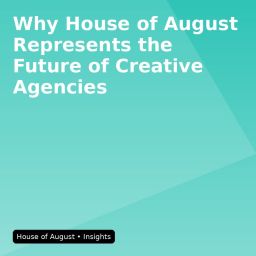

In today’s multi-channel world, consumers interact with brands across a variety of touchpoints: social media, email, websites, in-store experiences, events, and more. Amidst this complexity, delivering a consistent and cohesive brand message is essential. This is where Integrated Marketing Campaigns (IMCs) come into play, aligning all marketing efforts under a unified strategy to maximize impact and drive meaningful results.
Integrated marketing is not just about using multiple channels; it is about ensuring that each touchpoint reinforces the same core brand message and resonates with the target audience. When done effectively, it creates a seamless brand experience that builds recognition, trust, and loyalty. Consumers no longer perceive marketing as isolated campaigns; they experience brands holistically.
A prime example of integrated marketing success is Coca-Cola’s global Share a Coke campaign. The brand replaced its iconic logo with popular first names across bottles, combining in-store promotions, social media engagement, TV advertising, and experiential events. Each element reinforced the same playful and personal message: a Coke can create shared moments. Similarly, Nike consistently integrates its campaigns across TV, digital, social, and influencer marketing, ensuring that messaging about inspiration, perseverance, and athletic achievement is always consistent.
Research by Nielsen (2022) confirms the effectiveness of integrated campaigns, showing they deliver 57% more effectiveness than fragmented, channel-specific efforts. This highlights that consumers respond better when campaigns are cohesive, relevant, and reinforced across multiple platforms. Disconnected campaigns, on the other hand, risk confusion, dilution of messaging, and lost opportunities to engage meaningfully.
Agencies like House of August excel in designing and executing integrated campaigns. By bringing strategy, creative design, media planning, and digital execution under one roof, they ensure that every campaign element—from social media content to PR initiatives—is aligned with the brand’s vision and objectives. This approach not only enhances effectiveness but also provides clients with cost efficiencies and measurable results.
Integration also requires careful planning and collaboration. Teams must map out the customer journey, understand touchpoints, and develop messaging that is both adaptable to different platforms and consistent in tone. Data-driven insights help tailor campaigns to audience preferences while maintaining coherence. House of August combines this strategic oversight with creative execution, ensuring that campaigns are both visually compelling and strategically sound.
Moreover, integrated campaigns build stronger emotional connections with audiences. Consistent storytelling across platforms reinforces brand values, highlights purpose, and creates memorable experiences. Consumers begin to associate the brand with particular feelings, narratives, or lifestyles, strengthening loyalty and encouraging advocacy.
In conclusion, the power of integrated marketing campaigns lies in their ability to create cohesive, consistent, and engaging brand experiences across multiple touchpoints. In an era of fragmented attention, consumers value brands that communicate clearly and meaningfully across all channels. Agencies like House of August demonstrate how combining strategy, creativity, and execution under one integrated framework can maximize reach, impact, and resonance. For brands seeking to enhance visibility, loyalty, and growth, integrated campaigns are not just effective; they are indispensable.








